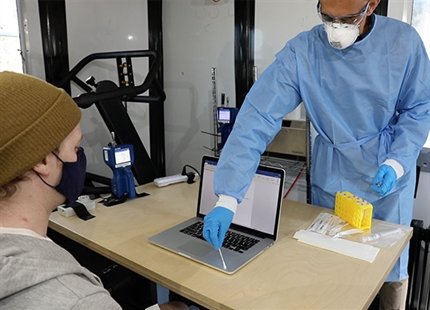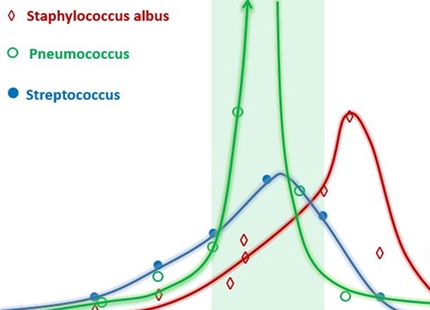Published: Jun 2015 | Journal of Infection (2015) 71, S54eS58
Influenza and humidity – Why a bit more damp may be good for you!
Metz JA, Finn A
Abstract
Influenza is a major cause of winter-time morbidity and mortality in temperate climates. While the regular “coincidence” of flu epidemics and winter is obvious, the causal relationship is still not well understood. Studies on the role of relative humidity (RH) and temperature on viral survival, transmission and infection rates didn’t demonstrate conclusive trends. A series of exciting recent studies have instead focused on absolute humidity (AH) and demonstrated highly significant correlations with viral survival and transmission rates in both laboratory and epidemiological models.
The paper reviews the evidence for a causal relationship between absolute humidity and 'flu transmission and outlines, how this could lead to a new approach to curbing this and perhaps other viral epidemics in the winter months.
Conclusion
Quote: “There are data to suggest that outdoor AH levels affect humidity levels inside and that simple humidifiers may be adequate to raise AH to levels associated with a significant reduction in influenza virus survival”.
“The prospect of reducing influenza-associated morbidity and mortality by increasing the absolute humidity in nurseries, classrooms, hospitals, homes for the elderly and general public spaces is an exciting and novel potential strategy for disarming 'flu”.
Scientific studies main menu

Kuru hava ve hava yoluyla enfeksiyon
Düşük nem, virüslerin ve havadaki bakterilerin bir binanın havasında dağılması ve dolaşması ve tüm sakinleri tehdit etmesi için bir kanal görevi görü...
Read moreKuru hava ve hava yolu savunma sistemimiz
Düşük nem mukoza zarlarımızı kurutur ve vücudumuzun havadaki mikroplara, virüslere ve bakterilere karşı doğal savunmasını engeller.
Read moreKuru hava ve gözlerimiz
Düşük nem, gözlerimizin prekorneal gözyaşı filmini kurutur ve bizi göz tahrişlerine ve kontakt lens rahatsızlığına eğilimli hale getirir.
Read moreKuru hava ve cildimiz
Düşük nem cildimizin dış tabakasını kurutur, kaşıntı, çatlama ve dermatolojik sorunlara yol açar.
Read more













